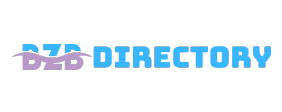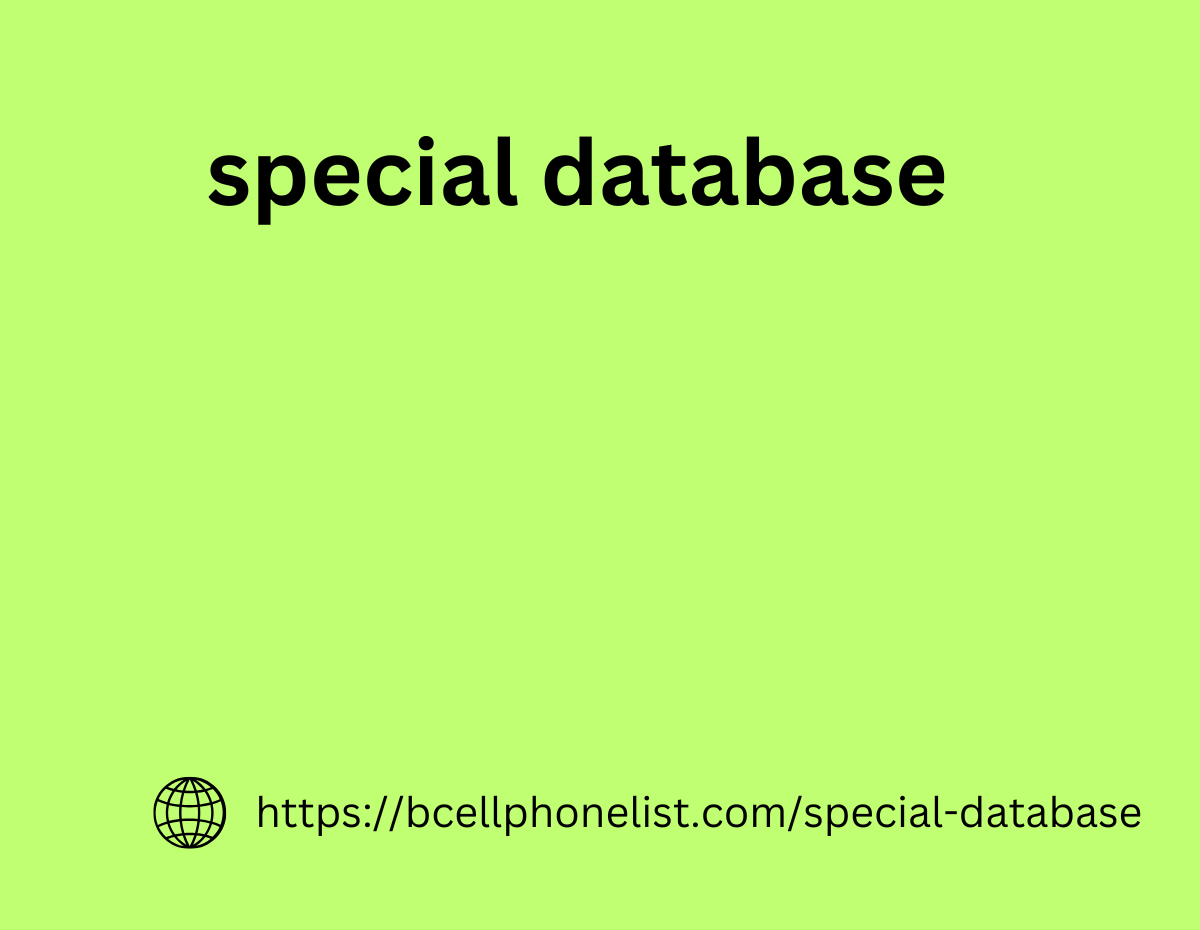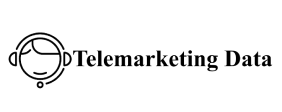Types of banners depending on the goals of advertising campaigns
The following banners will help you achieve various goals:
Informational. These are most often static ads that display a logo, slogan, or key product features. They are used to strengthen brand recognition. Attracting attention. For this purpose, animated banners can be launched, conveying the effect of dynamism. This type of banners stimulates interaction with the audience, increases user involvement. These goals can be achieved using animation, games, polls or embedded widgets.
Video commercials are great for presenting a brand, product or service;
Such banners automatically change special database their size to suit different screen formats, which helps increase the accessibility of advertising and increase coverage.
When understanding how banner ads work, it is important to understand that they can also be used for retargeting purposes. They are aimed at users who have already visited the site or have shown interest in the products. These ads help to re-engage visitors so that they make an order.
It is easier to achieve your goals when launching advertising campaigns by launching banner ads in the Google Display Network. This network has the advantage of providing great opportunities for targeting. In addition to standard demographic targeting, you can customize the display of ads on sites based on audience similarity, market segment, and keywords. You can also manually select the placement location on web resources that match the subject of your business.
You can customize the display of advertising banners based on the following criteria:
- Users with similar interests, such as beauty, cooking, electronic gadgets, and others. These categories can be further refined to narrow the audience to more specific segments. In doing so, you can use your company’s own data, reach the right audience, and improve the effectiveness of your advertising campaigns to achieve your business goal
- interested buyers. They differ from the previous group in that these users are on the verge of making a purchase. Google services identify these segments based on the history of users’ views, clicks and conversions, their interaction with content on sites. Google Analytics has tools for identifying user preferences and creating target audiences based on data, and then Google Ads can take this information into account;
- user intent. In this case, banners are displayed on sites associated with keywords or URLs specified by the advertiser. Web resources are selected based on algorithms. This method helps to deliver advertising to users who are likely to be interested in the offer;
- Specific placements. A company can choose specific sites where it wants to place its ads. This gives it control over where it is shown, although this approach may limit its audience reach;
- subject matter. Advertisements are displayed on website pages with specific topics that may be related to the interests or preferences of the audience.
Managing these targeting parameters allows you to accurately reach your target audience and optimizes the effectiveness of your advertising campaign.
About the form of banners
The types of banner advertising can dynamic pricing in retail: dos and don’ts be very different due to their form. We have already talked about static and dynamic varieties above. Among them, special types stand out:
- rich media banners. They provide more complex interactive and multimedia capabilities, such as embedded video, sound, slideshows and even Click-to-Call functionality;
- pop-up and popunder. These banners appear in a new window above the open web resource when the user visits the page or performs a certain action;
- floating banners. They move across aero leads the site screen as the page scrolls, usually located in the corner or on the sides of the screen;
- expandable banners. They open in a small window first and then expand to a larger size or unfold when the user hovers the mouse over them;
- mobile banners. Specially designed for mobile devices, these banners are optimized for viewing on mobile phone and tablet screens.
The choice of a specific banner form is very individual and depends on the brand’s characteristics and specific goals.


